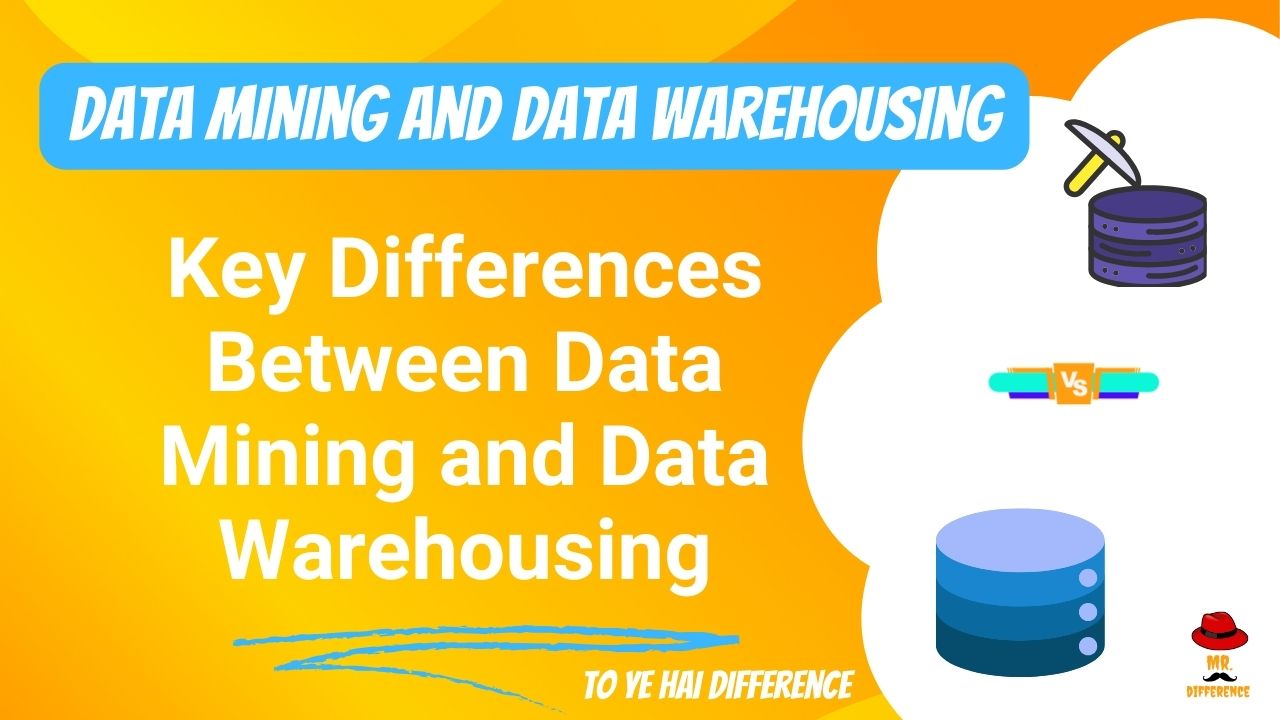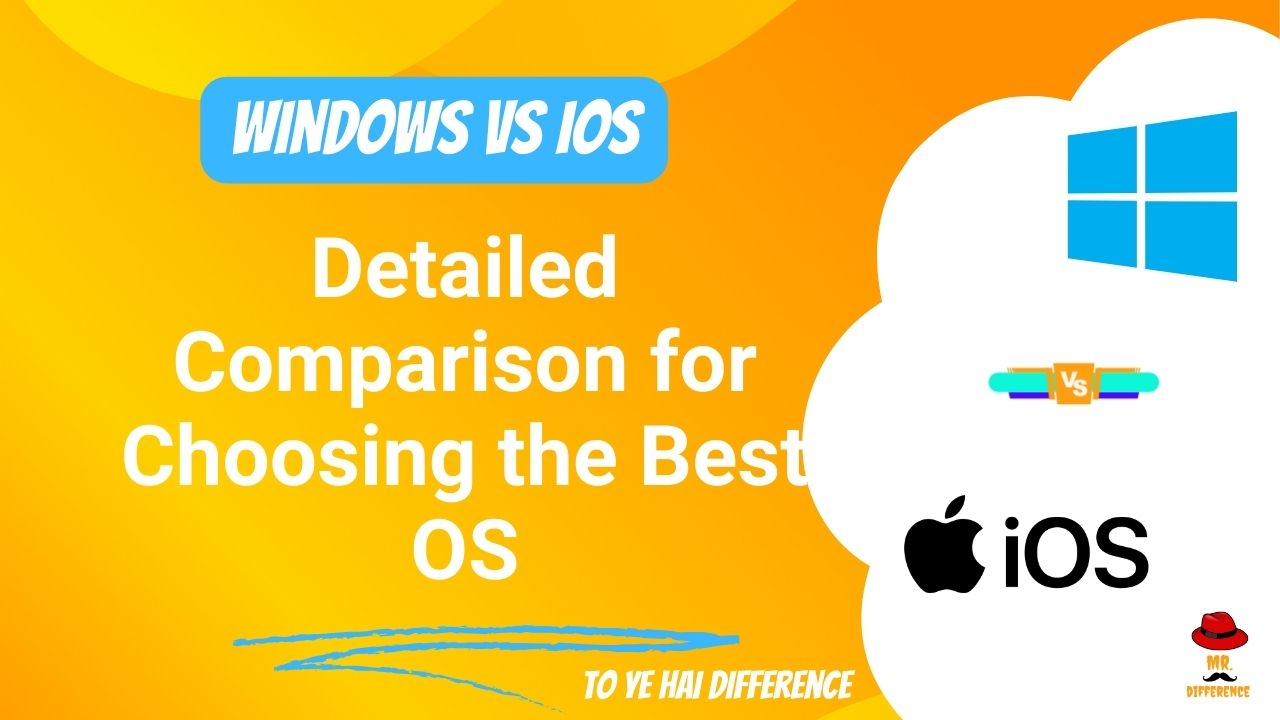When it comes to web development in PHP, Laravel and CodeIgniter are two of the most popular frameworks that developers often compare. Each framework has its own strengths and weaknesses, and choosing the right one can make a significant impact on your project's success. This blog post aims to explore the key differences between Laravel and CodeIgniter, helping you make an informed decision on which framework suits your needs best.
Introduction to Laravel and CodeIgniter
Both Laravel and CodeIgniter have garnered a massive following in the PHP community. While Laravel is known for its elegant syntax and rich feature set, CodeIgniter is celebrated for its simplicity and speed. Understanding these two frameworks' core philosophies and technical distinctions can help developers choose the best tool for their projects.
Understanding the Basics: Laravel vs CodeIgniter
What are Laravel and CodeIgniter?
Laravel, created by Taylor Otwell in 2011, is a modern, full-featured PHP framework that aims to make web development enjoyable and straightforward. It follows the Model-View-Controller (MVC) architectural pattern and is packed with tools that facilitate tasks such as routing, authentication, and caching.
CodeIgniter, on the other hand, was first released in 2006 by EllisLab. It is a lightweight PHP framework designed to be simple yet powerful. Known for its speed and small footprint, CodeIgniter is often the go-to choice for developers who need a straightforward solution without the overhead.
Why Compare Laravel vs CodeIgniter?
Comparing Laravel and CodeIgniter is crucial for developers who need to decide which framework to use for their projects. Both frameworks serve different purposes and excel in different scenarios. By understanding the differences, you can choose the framework that aligns best with your project requirements, team expertise, and long-term goals.
Technical Comparisons: Laravel vs CodeIgniter
Architecture and Design Patterns
Laravel is built on the MVC architecture, which separates the application into three main components: the Model, View, and Controller. This separation promotes better organization, easier maintenance, and more reusable code. Additionally, Laravel supports various design patterns like the Repository pattern, which further enhances code manageability.
CodeIgniter also follows the MVC pattern but is more flexible in its approach. Developers can choose whether to strictly adhere to MVC or use their own structure. This flexibility makes CodeIgniter a more lightweight option, particularly suitable for smaller projects or developers who prefer less rigid frameworks.
Routing and URL Handling
Laravel’s routing is one of its strong suits. It offers a simple and expressive way to define routes and handle requests. The ability to group routes, apply middleware, and name routes are some of the advanced features that make Laravel’s routing robust.
In contrast, CodeIgniter’s routing is straightforward and easy to set up. It doesn’t offer as many features as Laravel, but it gets the job done efficiently. CodeIgniter’s routing is ideal for developers who need something simple without the additional complexities.
Database Support and ORM
Laravel comes with Eloquent ORM, a powerful and intuitive Object-Relational Mapping system that allows developers to work with databases using a more elegant and expressive syntax. Eloquent supports relationships, eager loading, and a variety of other features that make database interactions smooth and efficient.
CodeIgniter, however, uses Active Record and Query Builder. While not as feature-rich as Eloquent, CodeIgniter’s database tools are simple to use and highly effective for most common database operations. Developers who prefer manual SQL queries might find CodeIgniter’s approach more straightforward.
Templating Engines
One of the standout features of Laravel is its Blade templating engine. Blade allows you to use plain PHP in your views while offering a clean and simple syntax for tasks like loops and conditional statements. Blade templates are also compiled into plain PHP, making them incredibly fast.
CodeIgniter doesn’t come with a templating engine by default, which can be a pro or a con depending on your needs. While this means less overhead, it also means developers need to rely on plain PHP for their views or integrate a third-party templating engine if needed.
Security Features
Security is a critical aspect of web development, and Laravel shines in this area. Laravel provides built-in protection against common vulnerabilities like SQL injection, cross-site scripting (XSS), and cross-site request forgery (CSRF). It also includes tools for password hashing, encryption, and authentication.
CodeIgniter also has security features, though they are not as extensive as Laravel’s. It offers basic protection against SQL injection, XSS, and CSRF. While CodeIgniter is secure enough for most applications, developers need to take extra care to implement additional security measures if needed.
Performance and Speed
Performance is often a deciding factor when choosing a framework. Laravel, while feature-rich, can be slower than CodeIgniter due to its extensive features and additional layers of abstraction. However, Laravel offers caching mechanisms, queue management, and other tools to help improve performance.
CodeIgniter is known for its speed and small footprint. It’s a lightweight framework that doesn’t include unnecessary libraries or dependencies, making it faster out of the box. For projects where speed is a primary concern, CodeIgniter might be the better choice.
Ease of Use: Laravel vs CodeIgniter
Learning Curve
Laravel’s learning curve can be steep, especially for beginners. Its extensive features and modern practices like dependency injection and service providers might be overwhelming at first. However, Laravel’s comprehensive documentation and active community support make it easier to learn with time.
CodeIgniter, on the other hand, is known for its ease of use. It’s an excellent choice for beginners or developers who prefer simplicity. The framework’s straightforward setup and clear documentation allow developers to get up and running quickly without much hassle.
Community and Ecosystem
Laravel has one of the largest and most active communities in the PHP ecosystem. The Laravel ecosystem includes a vast array of packages, tools, and extensions that make development faster and more efficient. Popular tools like Laravel Forge, Envoyer, and Nova further enhance Laravel’s capabilities.
CodeIgniter also has a strong community, though it’s not as large as Laravel’s. The CodeIgniter community is known for its helpfulness and responsiveness. While the ecosystem isn’t as extensive, there are still plenty of resources, libraries, and third-party tools available.
Practical Examples: Laravel vs CodeIgniter
Building a Simple CRUD Application
Let’s consider a real-world example of building a simple CRUD (Create, Read, Update, Delete) application. This will help illustrate the differences in approach between Laravel and CodeIgniter.
- Laravel Example:
In Laravel, creating a CRUD application is straightforward thanks to its built-in Artisan command-line tool and Eloquent ORM. For instance, generating a new model, migration, and controller can be done with a single Artisan command. Eloquent makes database interactions intuitive and easy. - CodeIgniter Example:
In CodeIgniter, the process is slightly more manual but still efficient. You would manually create models, controllers, and views, with the help of CodeIgniter’s Active Record for database interactions. While it requires more boilerplate code compared to Laravel, it offers simplicity and control.
Pros and Cons: Laravel vs CodeIgniter
Advantages of Laravel
- Rich Feature Set: Laravel’s extensive features make it a comprehensive solution for complex applications.
- Elegant Syntax: Laravel’s syntax is expressive and easy to read, making development enjoyable.
- Robust Community: Laravel’s large community provides abundant resources and support.
Disadvantages of Laravel
- Steep Learning Curve: Beginners might find Laravel challenging due to its modern practices and extensive features.
- Performance: Laravel’s rich feature set can lead to slower performance if not optimized correctly.
Advantages of CodeIgniter
- Simplicity: CodeIgniter is easy to learn and use, making it ideal for beginners and small projects.
- Performance: CodeIgniter’s lightweight nature makes it faster out of the box.
- Flexibility: CodeIgniter allows developers to structure their applications however they see fit.
Disadvantages of CodeIgniter
- Limited Features: CodeIgniter doesn’t include as many built-in features as Laravel, which might require additional effort for complex applications.
- Smaller Community: While active, CodeIgniter’s community is smaller than Laravel’s, which can mean fewer resources and third-party packages.
Choosing the Right Framework: Laravel vs CodeIgniter
When to Choose Laravel
Laravel is the right choice if you’re working on a large-scale application that requires a robust framework with extensive features. It’s also ideal if you prefer modern PHP practices and need a framework with a vast ecosystem.
When to Choose CodeIgniter
CodeIgniter is the better option for smaller projects or developers who need a simple and fast framework. It’s also a good choice if you’re a beginner looking to get started quickly with PHP development.
FAQs: Thoughts on Laravel vs CodeIgniter
What is the main difference between Laravel and CodeIgniter?
The main difference lies in their approach and feature set. Laravel is a modern, feature-rich framework with extensive support for advanced PHP practices, while CodeIgniter is a lightweight, straightforward framework that prioritizes speed and simplicity.
Which is better for beginners, Laravel or CodeIgniter?
CodeIgniter is generally better for beginners due to its simplicity and ease of use. However, Laravel offers more modern features, which might be worth the effort for beginners willing to tackle a steeper learning curve.
Can Laravel handle large-scale applications better than CodeIgniter?
Yes, Laravel is better suited for large-scale applications due to its extensive feature set, built-in tools, and robust ecosystem. Code
Igniter can handle large projects, but it might require more custom development to match Laravel’s capabilities.
Is CodeIgniter still relevant in 2024?
Yes, CodeIgniter remains relevant, especially for projects where simplicity, speed, and low resource usage are priorities. It’s still a viable choice for many developers, particularly for small to medium-sized applications.
How does Laravel’s Blade templating compare to CodeIgniter’s approach?
Laravel’s Blade templating engine offers a more modern and elegant approach to templating with features like template inheritance, control structures, and directives. CodeIgniter doesn’t have a built-in templating engine, so developers must use plain PHP or integrate a third-party solution.
Is Laravel more secure than CodeIgniter?
Laravel offers more built-in security features, such as CSRF protection, password hashing, and encryption. While CodeIgniter also provides security mechanisms, Laravel’s tools are more extensive and easier to implement.
Which framework has better performance: Laravel or CodeIgniter?
CodeIgniter generally has better out-of-the-box performance due to its lightweight nature. Laravel, while more feature-rich, can be optimized for performance but might require more server resources.
How do Laravel’s Eloquent ORM and CodeIgniter’s Active Record compare?
Laravel’s Eloquent ORM is more powerful and feature-rich, offering a more intuitive and expressive syntax for database interactions. CodeIgniter’s Active Record is simpler and faster but doesn’t offer as many advanced features as Eloquent.
Conclusion
Choosing between Laravel and CodeIgniter depends on your project’s specific needs and your development preferences. Laravel is ideal for developers who need a feature-rich framework for complex applications, while CodeIgniter is perfect for those who prioritize simplicity, speed, and ease of use.
Whether you choose Laravel or CodeIgniter, both frameworks have their own strengths and can help you build powerful PHP applications. If you’ve had experience with either framework or have any questions, feel free to leave a comment below!





Write a comment